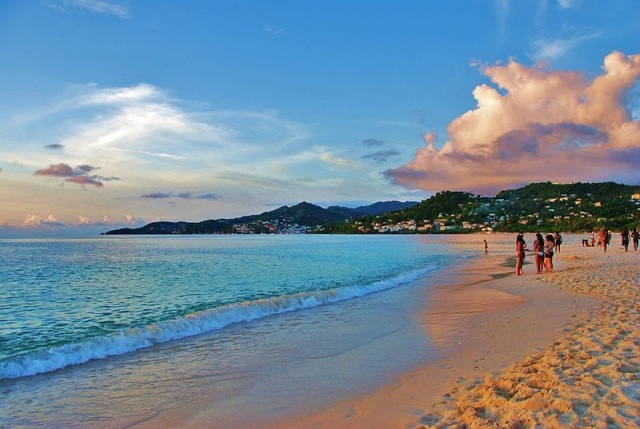Imagine, if you will, the arts as a body of water.
We all like swimming in the water. An ocean is powerful, complex, soothing, fun, all at once or separately. A lake is serene, nostalgic, mysterious, refreshing. A river is thrilling, utilitarian, healing, dangerous. The arts function in as many contradictory or complimentary ways as bodies of water. And there is a body of water for everyone’s taste, just as there is some kind of art for everyone. Some people like to laze by the tides and some like to SCUBA dive and some like to white-water raft. Some people like heart-pounding spy novels and some like big-dazzle musicals and some like a contemplative meander through a gallery.
But there are two ways you can access bodies of water, whether you’re fixing to take a boat out or just walk in and splash about: a natural shore of some kind, or a manmade pier (which crosses over the shore).
(At this point, my metaphor will be become less perfect, but just bear with me, I’m having fun.)
Similarly, there are two ways to access the arts. There are singular, outstanding major national and international artists, and there are local scenes consisting of thousands of small-time artists.
The major artists – the current pop stars and dead classical masters constantly revisited, the network TV shows and studio films, the Broadway and West End plays, and so forth – are like piers. They are monolithic constructions (admittedly built on the hard work of many invisible contributors), and in and of themselves can take and accommodate many, many fans on their walk from the dry land of their daily life out into the deep waters of the arts.
The local scenes are like beaches. Just as many – if not more – people can access the water via a beach as via a pier. But a beach is made up of thousands of grains of sand. Similarly, there are thousands of local artists all over the country.
On any given weekend night, millions of people are taking in art through local bands at dive bars, local plays at black boxes, independent films online, and assorted other happenings. None of these non-famous artists are individually providing entertainment to more than some dozens or maybe couple hundreds of audience members. But together, collectively and spread across the world, they form a giant beach.
Remove one grain, ten or a hundred grains, from a beach, and you’ll still have a shore and people can still go swimming. That coffeehouse folksinger or restaurant-wall-displayed photographer are in and of themselves not ‘responsible’ for a whole lot of the art being swum in. But they add up. Anywhere in the world, you can find musicians and storytellers and painters, and you and a few others can enjoy their art tonight. There’s a metaphysical Sea of DJ’ed Club Music you can dive into from its shore in New York or its shore in Munich or in Hong Kong, a Cove of Classical Guitar you can wade into from a small town in West Virginia or a small town in Spain or a small town in South Africa, a River of Blues, a Bay of Jazz. Whatever kind of swimming suits your tastes. Just walk into that club or coffeehouse, and there that Sea or Cove is: the same familiar waters as on the other side of the world, just accessed from a different angle, a different approach.
That’s not to say that the piers of the major famous artists aren’t valid – far from it. This isn’t a criticism of them, nor a “small-time art is better” kind of argument. I wouldn’t want to live in a world without the classy Navy Pier in Chicago or the poor Boardwalk in Atlantic City or the industrious Port of Singapore or the well-trafficked boat ramp at Deep Creek Lake upstate. The world is always better for having more, more, more ways to get in the artistic waters.
What this is – is a recognition of, and tribute to, the cooperative, communal purpose that unites all the folksingers and scrappy theatre companies and lights-show hangers and poetry readers and street corner drummers, jugglers, human statues, and chalk artists. None of them are the beach of art, but all of them are grains of sand, and that’s swell.



[…] A Horror Movie That Would Scare Me Rejectionism vs. Acceptionism in Play Submission Reading Folksinger Beaches and Pop Star Piers What Makes Local Theatre Local? Should Political Art Be Entertaining? Posts About or Inspired by […]
Amazing.